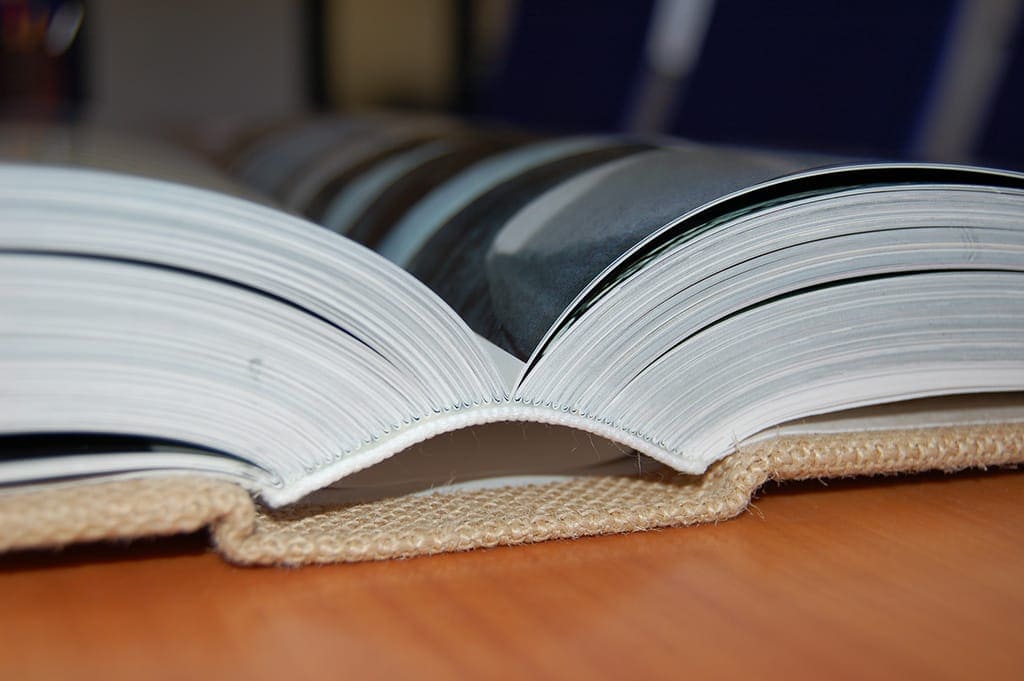Are you planning to get started in book production and want to expand your portfolio to include the production of books in very short runs? In this blog post, you’ll find out which machines you’ll need to get started and which option you can choose between to carry out the individual steps in the book binding process.

New machines from PPL: figuring out the best way to get started
When planning an investment in machinery for book production, there are two basic questions to ask first: What book features do you want to offer your customers? And will you cover the entire process up to making the book ready for sale or only cover a specific section of the process? The following steps are required for producing the highest-quality books in digital printing:
- thread sewing
- gluing
- 3-sided trimming of the book block
- finishing of the book block
- foil laminating
- mounting book covers
- hanging books
- pressing in books
We offer the right machines for almost all of these steps. These are models that we’ve used and tested ourselves, all made by leading manufacturers and able to meet a wide range of requirements and capacities. As a PPL customer, you have a major advantage: By getting all your equipment from a single source, you can be sure that all the parts will harmonize with each other perfectly. You also benefit from our service department. In the event of a defective piece of equipment or simply wear, you can be sure that we will have sufficient spare parts available, even years later.
The most important models, organized by relevant categories, are presented below. We provide examples of four important steps in the book binding process.
Thread sewing: FX-30, FX-50, and DX-50 from Smyth
After the print sheets have been trimmed on the guillotine trimmer and folded with a booklet maker, they are ready for thread sewing. Two Smyth models are ideal for this task: the FX-30 and FX-50 are easy to operate, reliable thread sewing machines with a manual infeed. They are best for single copies and short runs. The FX-50 differs from its “little sister” in that it’s easier to handle and is somewhat more powerful. You don’t yet have a solution for folding signatures in advance? Then the DX-50 with its integrated folding unit is the best option.
Perfect binding: Eurotecnica EB300H and JMD Digital Robot 2000A
or gluing in the perfect binder, it’s best to use a combi leader in the cover feeder. This makes it possible to produce book blocks in the perfect binder in just a few steps. The Eurotecnica EB300H entry-level model has one clamp and manages 300 cycles per hour. If you are planning a higher output, we recommend JMD’s Digital Robot 2000A model with four clamps and up to 1600 cycles per hour as an automated solution.
Assembling book covers: IML Machinery DA 2002
After carrying out the first step of cutting the cover material, such as with scissors, you can manage the assembly of the cover very efficiently with the DA 2002 from IML Machinery. The machine is semi-automatic and combines pushing the corners on the cover material, gluing on the cover material, placing the covers and spine insert, and hammering in the edges.
Book inserting and pressing in: IML DA 500 und DA 600
The DA 500 is a reliable solution for book block and cover mounting and automatic gluing. It can process up to six books per minutes. For the final step in the production process — pressing in the book and forming the fold — we recommend the DA600 from the same manufacturer. It generates a hydraulic pressure of up to 10 tons.
We are happy to advise you individually if you would like more detailed information.